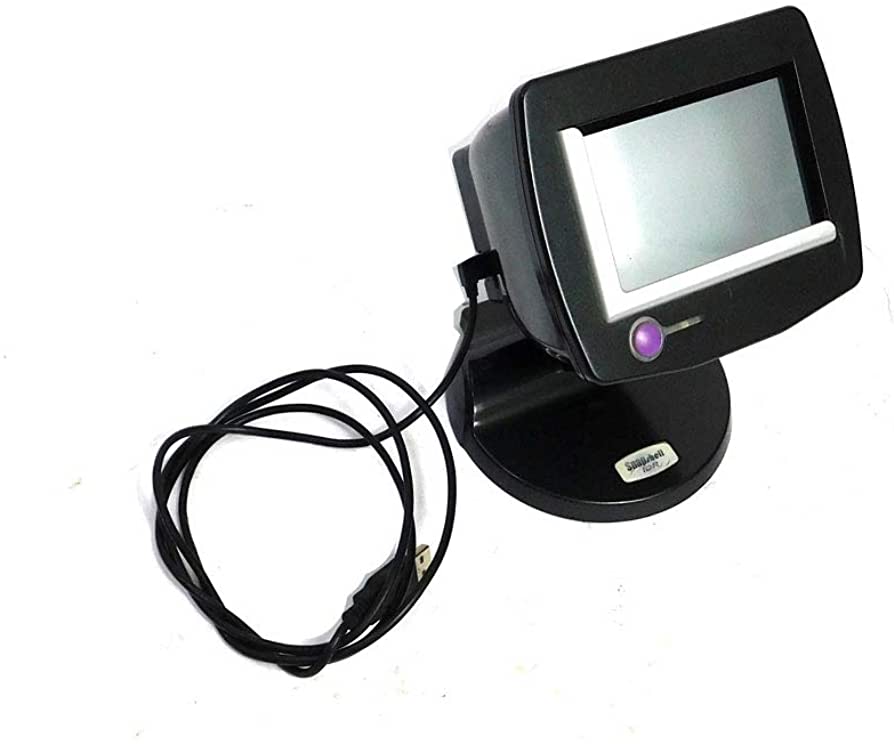In the demanding world of technology and information management, creating an ergonomic and efficient workspace for ID scanning is more than a luxury; it’s a necessity. This guide will walk you through optimizing your ID scanning station for both comfort and productivity.
Understanding the Importance of Ergonomics
Health Benefits: Ergonomics isn't just about comfort; it's a crucial factor in preventing work-related injuries and strains. An ergonomic workspace can significantly reduce the risk of musculoskeletal problems, which are common in environments where employees perform repetitive tasks such as ID scanning.
Efficiency and Productivity: An ergonomic setup is synonymous with efficiency. When your workspace is tailored to your needs, you can work faster and with greater accuracy, leading to improved overall productivity.
Key Elements of an Ergonomic ID Scanning Station
Desk and Chair Ergonomics: The right desk and chair are the cornerstones of an ergonomic workspace. Choose a chair that provides adequate support to your back, preferably with adjustable height and armrests. Your desk should be at a height that allows your arms to rest comfortably while typing or scanning.
Scanner Placement: Position your ID scanner in a way that minimizes reaching or twisting. Ideally, the scanner should be within arm's reach and at a height that doesn't require you to bend or stretch.
Lighting Considerations: Proper lighting is essential to avoid eye strain. Ensure your workspace is well-lit, preferably with a combination of natural and soft artificial light. Avoid glare on screens and scanning surfaces.
Smart Integration of Technology
Software Enhancements: Pair your physical setup with software that maximizes the efficiency of your ID scanner. Look for programs offering streamlined workflows, easy data entry, and automated storage solutions.
Workspace Organization: A tidy workspace is key to maintaining focus and efficiency. Organize your desk to keep essential tools within easy reach, and maintain a system that keeps clutter to a minimum.
Customizing for Various Needs
Adapting to Business Size: Whether you're in a small office or a large corporate environment, the principles of ergonomic design apply. In smaller spaces, focus on compact, multi-functional furniture. In larger settings, you might have the flexibility to create a dedicated scanning area.
Accessibility for All: Ensure that your scanning station is accessible to all users. This could mean adjustable furniture or specialized equipment for those with different physical abilities.
Keeping Your Setup Up-to-Date
It's important to keep your workspace aligned with the latest ergonomic trends and technology advancements. Regularly assess and update your setup to ensure it continues to meet your needs and incorporates new best practices.
An ergonomic and efficient workspace is key to maintaining high productivity and ensuring comfort in your ID scanning tasks. By thoughtfully designing your scanning station, you can create an environment that not only meets your work requirements but also supports your well-being.
